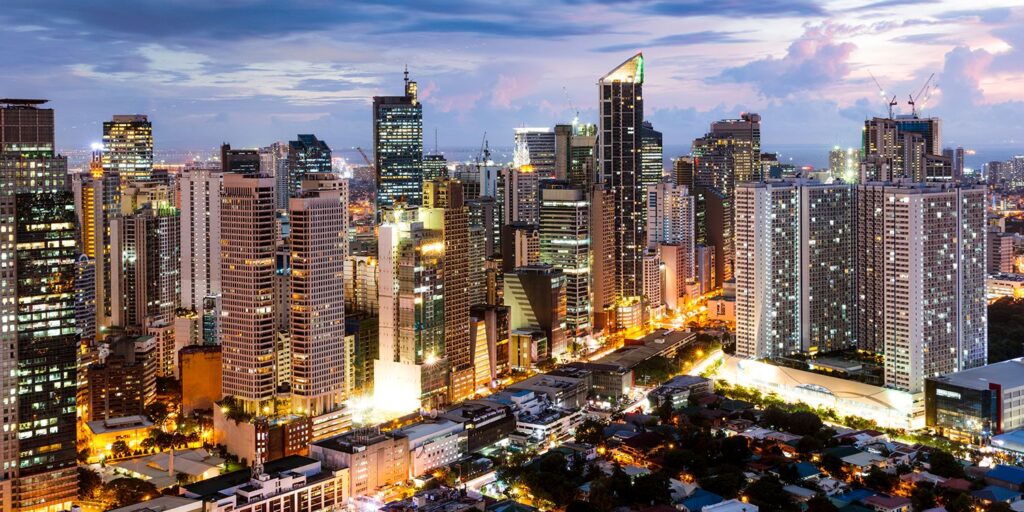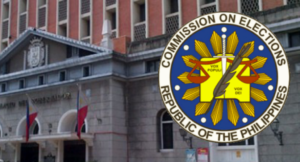The Philippine economy is on a path to recovery, with international institutions like the World Bank forecasting a positive outlook for 2024 and 2025. Following challenges brought about by the COVID-19 pandemic, global economic headwinds, and rising inflation, the country is expected to rebound strongly over the next two years.
Growth Forecast for 2024 and 2025
According to the World Bank’s East Asia and Pacific Economic Update for October 2024, the Philippines is projected to grow by 6.0% in 2024, up from its previous forecast of 5.8%. By 2025, the growth rate is expected to increase further to 6.1%. This upward revision is driven by strong domestic demand, improving labor market conditions, and robust public investment(PNA Gov PH).
The Philippines is expected to outperform some of its regional peers, including China, Indonesia, Malaysia, Thailand, and Cambodia. A key factor behind this growth is the increasing investment activity in infrastructure, supported by government initiatives that maintain public investment above 5% of the country’s GDP.
Key Drivers of Growth
- Private Consumption: Private consumption will remain the primary engine of economic growth. Steady inflows of remittances from overseas Filipino workers, coupled with an improving labor market, are expected to boost household spending. Lower inflation, particularly in key consumer sectors like food and fuel, is also providing relief to Filipino households.
- Public Investment: The government’s infrastructure drive, particularly in transportation and digitalization projects, is expected to sustain strong public investment. This, in turn, will stimulate related sectors such as construction, real estate, and manufacturing.
- Monetary Policy: The easing of inflationary pressures and declining real interest rates will benefit both household consumption and private investment. With inflation rates slowing down, the central bank is expected to adopt a more accommodative monetary policy, which could further support economic activities.
Risks and Challenges
Despite the optimistic outlook, there are still risks that could dampen growth. A global economic slowdown could negatively impact trade, especially given the Philippines’ strong trade linkages with China. Moreover, agricultural production remains a concern, as the sector is vulnerable to extreme weather events. The anticipated La Niña phenomenon poses a significant threat to crop production and food security.
Additionally, the Philippines, like other countries, faces potential disruptions from global geopolitical tensions, which could affect the prices of key commodities such as energy and food. These external factors, combined with persistent domestic concerns like poverty and inequality, are areas that will need careful management to sustain long-term growth.
The Role of Technology
The rapid pace of technological advancements, particularly in automation and artificial intelligence (AI), also presents both opportunities and challenges. In sectors like Business Process Outsourcing (BPO), which remains a key driver of employment and economic growth in the country, AI could either complement human labor or potentially displace jobs that rely on routine, low-skill tasks. How the government and private sector adapt to these technological shifts will significantly impact the country’s competitiveness.
The Philippines is positioned for robust economic growth over the next two years, backed by strong domestic demand, infrastructure investment, and a supportive monetary policy. However, the country must remain vigilant to both external risks and internal vulnerabilities, such as climate change, food security, and technological disruptions, to ensure that this growth translates to long-term, inclusive development.








